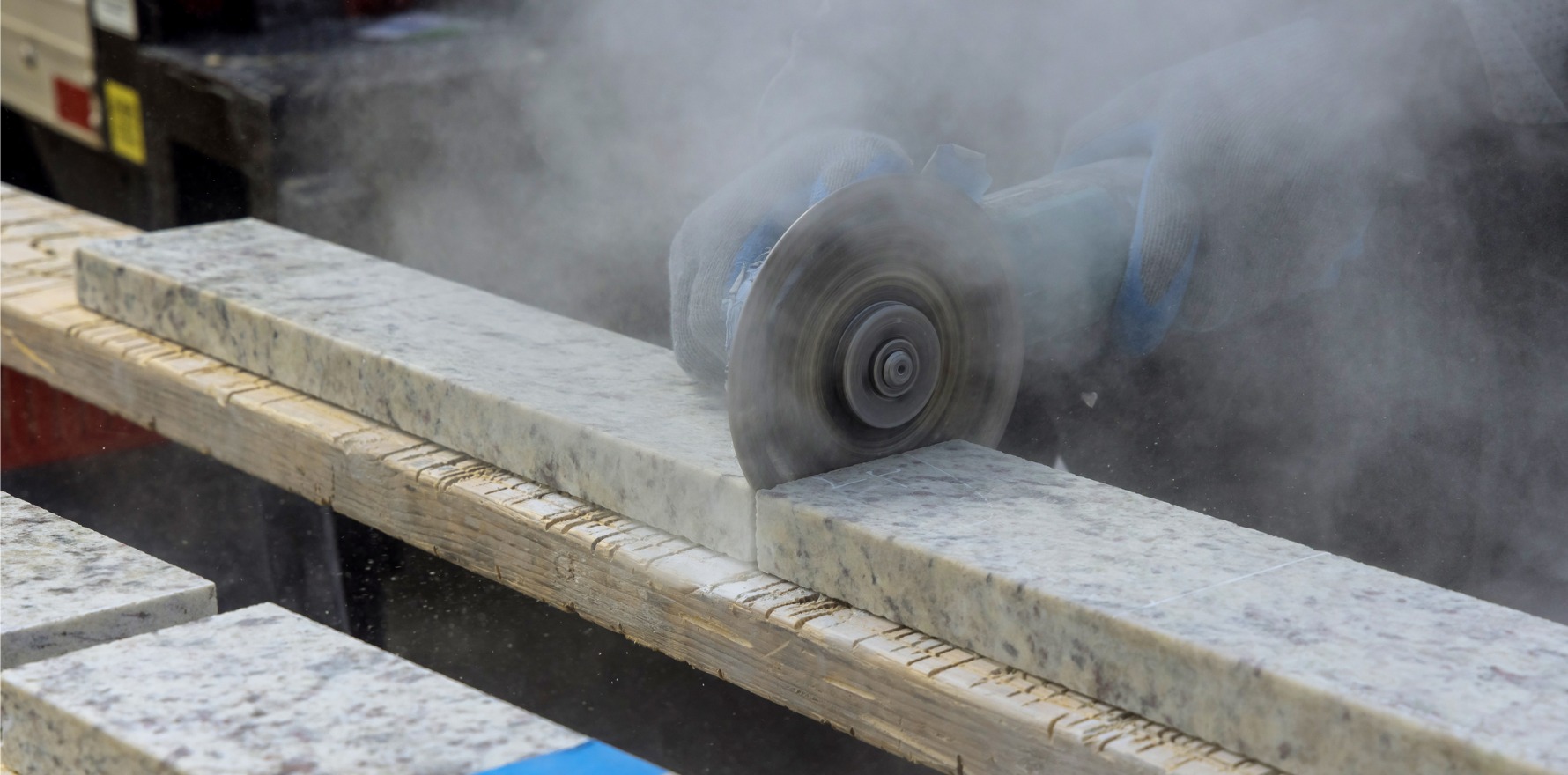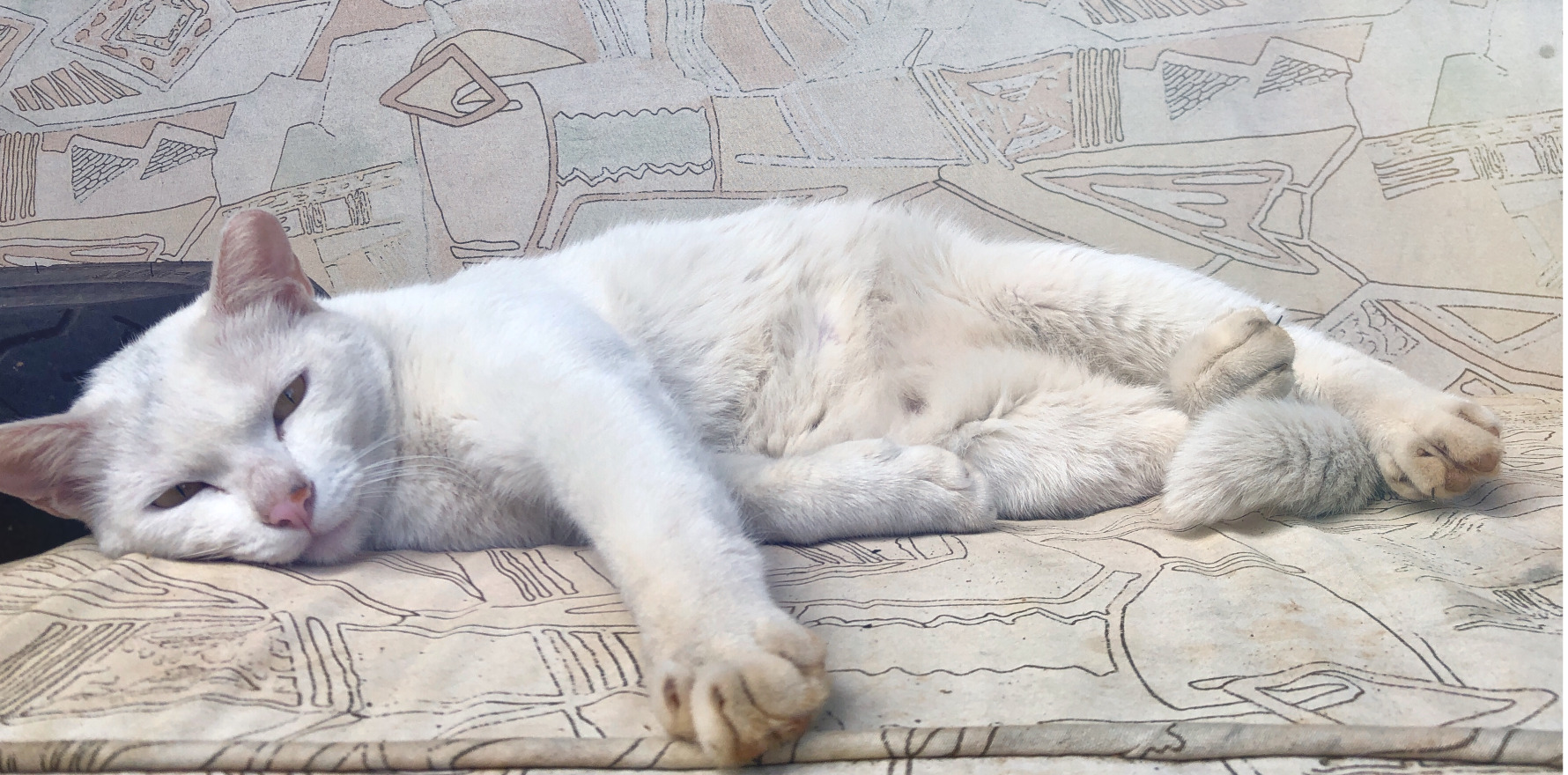Humidity, heat and air conditioning make summer a problem too.
Hot outside temperatures are associated with Raynaud’s attacks almost as bad as the cold, according to multi-national research published in The Lancet Rheumatology this month.
“In contrast to previous studies, which have highlighted challenges in cold temperatures for people with Raynaud’s phenomenon, our results underline that people with Raynaud’s phenomenon who live in hot climates also have to cope with excessive cooling in buildings, such as office buildings and shopping facilities, which they might not be able to avoid,” the authors write.
Raynaud’s affects more than 95% of people with systemic sclerosis and is exacerbated by cold temperatures, emotional stress and ambient temperature changes.
A multinational study correlated over 20,000 reports of severity of Reynaud’s phenomenon symptoms from more than 2000 patients with systemic sclerosis, with the temperature, humidity and wind chill factor in the area at the time. The participants were from the US, UK, Canada, France, Spain, Mexico and Australia, mainly women (88%) and white (82%), with a mean age of 55.
As expected, severity was worst at -25 degrees Celsius. Symptoms improved very slightly between -15 and 5 degrees Celsius. And the improvements were marked between 5 and 25 degrees Celsius.
This was the optimum temperature in terms of symptoms.
After that, severity began to increase again and was worse at 35 and 40 degrees (although not as bad as at the coldest temperatures).
The association was similar across countries and scleroderma subtypes.
“Overcooling of buildings (including in office buildings and shopping facilities), which involves maintaining air temperatures below recommended comfort temperatures, is common in hot and humid climates,” the authors said.
“It is also possible that evaporation might play a role in Raynaud’s attacks. We found that predicted Raynaud’s phenomenon severity can increase by 2–3 points on a 0–10 scale between 25°C and 40°C. These findings will be useful for clinicians and patients to identify periods of heightened risk for Raynaud’s attacks that might occur despite steps taken to reduce exposures.”
Local results from the Australian Scleroderma Cohort Study, also published this month, in a brief report in Arthritis Care and Research, similarly showed that symptoms were worse in cold temperatures, high relative humidity, and lower daily evaporation “suggesting an important role for dry warmth in managing this condition”.
“Worsened RP was strongly associated with telangiectasia, calcinosis and digital ulceration (DU), as well as demonstrating an association with anti-centromere antibody and gastro-oesophageal reflux disease (GORD) and a negative correlation with diffuse disease. Worsened RP was also strongly associated with worse [health-related quality of life],” the Australian authors say.





